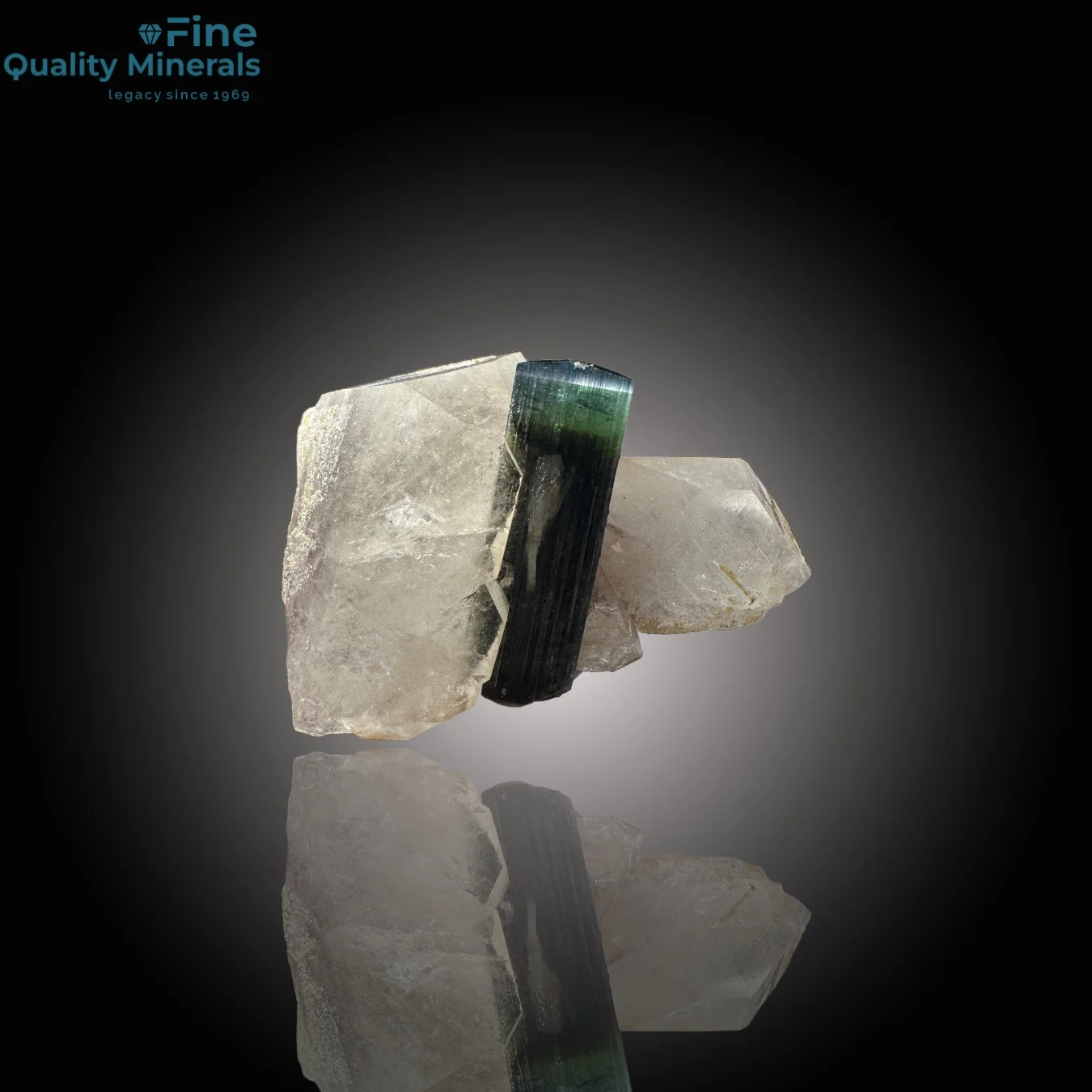 On-Page SEO Optimization – Fix Hidden Errors Killing Rankings!
On-Page SEO Optimization – Fix Hidden Errors Killing Rankings!
Topaz and Aquamarine: A Detailed Guide to Two Iconic Gemstones
Written by Finequalityminerals » Updated on: June 17th, 2025

Topaz and Aquamarine are two of the most celebrated gemstones in the world, renowned for their striking beauty and versatility in fine jewelry. These precious stones are prized not only for their vivid colors but also for their unique properties, which make them stand out in the world of gemstones. In this comprehensive article, we will delve into the essential aspects of Topaz and Aquamarine, including their origins, characteristics, types, and uses in jewelry.
Understanding Topaz: A Gemstone of Rich History
Topaz is a silicate mineral that belongs to the aluminate group. It has been revered for centuries due to its stunning range of colors, including golden yellow, blue, pink, and even colorless varieties. Historically, topaz was believed to possess mystical properties, and it was often used in ancient times as a protective talisman.
Origin and Formation of Topaz
Topaz is found in granite, pegmatite, and volcanic rocks, typically forming in regions with a rich geological history. Some of the most notable deposits of topaz are found in Brazil, Sri Lanka, Russia, and the United States. The mineral forms under high-temperature conditions and can grow into large crystals, making it suitable for faceting into gemstones.
The most famous topaz variety is the Imperial Topaz, which exhibits a deep golden to orange hue and is found primarily in Brazil. Blue topaz, another popular variety, has been enhanced through treatment processes to achieve its brilliant blue tones.
Topaz’s Color Variations
The color of topaz is one of the most significant factors that determine its value. It can range from pale yellow to deep amber, with other hues including pink, blue, and green. The most prized topaz stones are those that exhibit deep, vibrant hues, particularly the Imperial Topaz, which features a rich orange to golden color with reddish undertones.
Blue Topaz: Blue topaz is a popular choice in modern jewelry. It is often treated to enhance its color, ranging from a soft sky blue to a vibrant Swiss or London blue.
Pink Topaz: Pink topaz is a rare variety, characterized by its delicate soft pink shades. It is considered one of the more exquisite colors of topaz.
Golden and Yellow Topaz: Known for their warm, sunny colors, golden and yellow topaz varieties are highly valued and often used in fine jewelry.
The Hardness of Topaz
Topaz is a relatively hard gemstone, ranking 8 on the Mohs scale of hardness, making it ideal for use in everyday jewelry. This hardness allows topaz to resist scratches and maintain its brilliance over time. However, because of its cleavability, topaz should still be handled with care to avoid potential damage from hard impacts.
Aquamarine: A Gemstone of Tranquility and Clarity
Aquamarine is a variety of beryl, the same mineral family that produces emeralds. Aquamarine's soft blue to greenish-blue color has made it a symbol of serenity and calm, drawing its name from the Latin words for "water" and "sea." This gemstone is revered not only for its stunning appearance but also for its historical and symbolic significance.
The Origins and Formation of Aquamarine
Aquamarine forms in pegmatitic veins, often within granite rock formations. Some of the world’s most significant deposits of aquamarine are found in Brazil, Madagascar, and Pakistan, with notable sources also in Africa and Russia.
Aquamarine’s formation occurs under high-temperature conditions, and it is primarily composed of beryllium aluminum silicate. The presence of iron during its formation is what imparts the distinctive blue color. The stone is generally found in larger crystals, which are often cut into emerald shapes due to their elongated form.
Aquamarine’s Blue Shades
Aquamarine is most admired for its blue hues, which can vary from a pale, light blue to a deep, rich blue with greenish undertones. The best quality aquamarine stones exhibit a vivid, transparent blue that resembles the color of the ocean. The color intensity is largely dependent on the iron content in the crystal, with higher levels of iron resulting in a deeper blue hue.
Light Blue Aquamarine: This variety features pale, translucent blue tones and is popular for its delicate and understated elegance.
Medium to Deep Blue Aquamarine: Aquamarines with rich, medium to deep blue tones are highly prized for their intense, vibrant color and clarity.
Greenish-Blue Aquamarine: Aquamarines with a greenish tint are less common and can be found in some regions. These stones are still highly valued for their unique color.
Hardness and Durability of Aquamarine
Aquamarine is also known for its remarkable durability, with a hardness rating of 7.5 to 8 on the Mohs scale. This makes aquamarine suitable for a wide range of jewelry applications, including rings, necklaces, and earrings. While it is durable, aquamarine should be protected from harsh impacts, as it can be prone to fracturing along its cleavage planes.
Topaz vs. Aquamarine: A Comparison of Two Beautiful Gems
While both Topaz and Aquamarine are beautiful gemstones, there are several differences that set them apart. Below, we will compare the two stones based on their key characteristics.
1. Color and Aesthetic Appeal
Topaz is available in a wide variety of colors, from soft pastels to vibrant, intense hues. Its most prized colors are golden, yellow, and orange, along with blue and pink varieties.
Aquamarine, on the other hand, is primarily known for its blue and blue-green shades, often with a transparent, ocean-like quality. The serene blue tones of aquamarine are perfect for those seeking a more tranquil, peaceful aesthetic.
2. Rarity and Availability
Topaz is more widely available in a variety of colors, especially blue topaz, which is abundant and affordable. Imperial topaz, however, is quite rare and commands a high price due to its rich color.
Aquamarine is rarer in the deeper blue varieties but is still relatively abundant. Its scarcity, however, depends on the color, with vivid blue aquamarines being harder to find.
3. Durability and Hardness
Both topaz and aquamarine are durable stones, with topaz being slightly harder. Topaz ranks 8 on the Mohs scale, while aquamarine ranks between 7.5 and 8. Both stones are suitable for use in fine jewelry, though they should be protected from sharp impacts due to their cleavage.
4. Symbolism and Use in Jewelry
Topaz is often associated with strength, courage, and mental clarity. It is used as a gemstone in jewelry for special occasions and is particularly sought after for engagement rings.
Aquamarine is known for its calming properties, representing peace and tranquility. It is traditionally considered a good luck stone for sailors and is often used in wedding jewelry due to its serene beauty.
Uses of Topaz and Aquamarine in Jewelry
Both Topaz and Aquamarine are highly favored for their use in a wide range of jewelry pieces. Their colors, brilliance, and durability make them ideal for engagement rings, earrings, necklaces, and bracelets.
Topaz is frequently set in silver, gold, and platinum, and its wide variety of colors allows it to complement different designs. Blue topaz is often used in elegant earrings and rings, while Imperial topaz can create stunning, bold statement pieces.
Aquamarine is traditionally set in white gold, platinum, and silver to highlight its serene blue color. It is a popular choice for March birthstone jewelry and is also favored in wedding bands and engagement rings due to its calm and elegant appearance.
Conclusion
Topaz and Aquamarine are two of the most beautiful and revered gemstones in the world. Each offers a unique aesthetic and set of properties, making them highly prized in the world of jewelry. Whether you are drawn to the rich golden hues of topaz or the serene blue tones of aquamarine, both gemstones are sure to add elegance and beauty to any collection.
#Rare Beautiful Minerals #topaz and aquamarine #amethyst crystal rock #Emerald specimens #Blue cap tourmaline #Rare earth minerals #rock and mineral specimens #Tourmaline with topaz and quartz #Mineral specimens for collectors
Note: IndiBlogHub features both user-submitted and editorial content. We do not verify third-party contributions. Read our Disclaimer and Privacy Policyfor details.
Copyright © 2019-2025 IndiBlogHub.com. All rights reserved. Hosted on DigitalOcean for fast, reliable performance.











